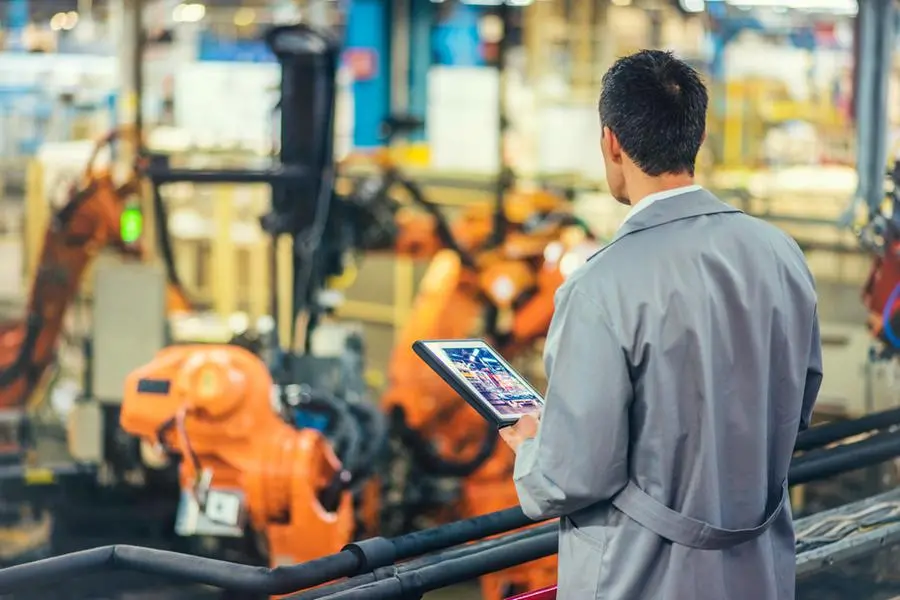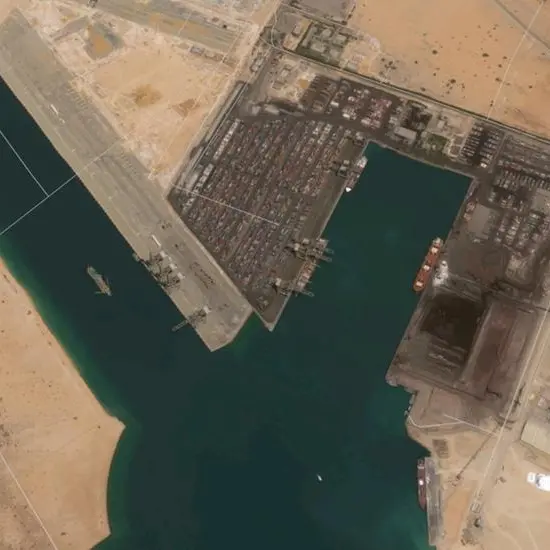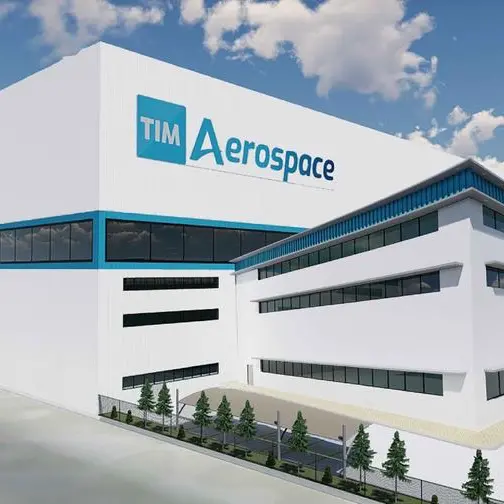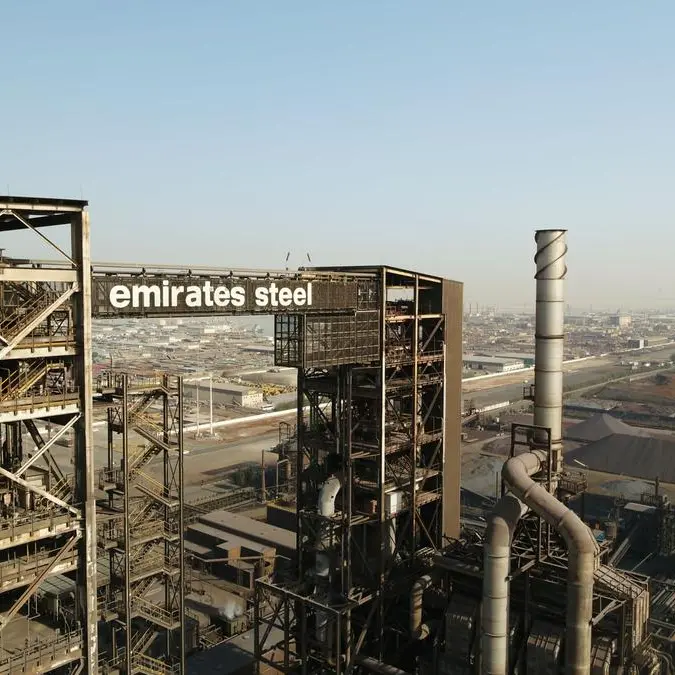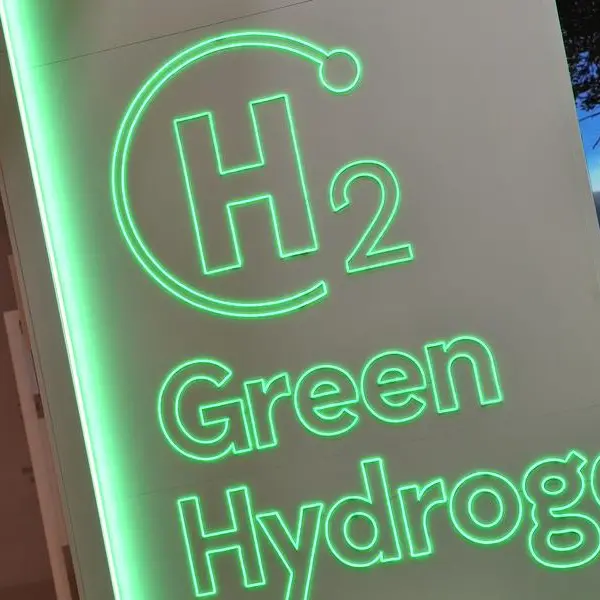PHOTO
Despite a slight contraction in 2020, the mobile hydraulics market did well in 2021, hitting $18.7 billion in terms of revenues, updated research from Interact Analysis shows.
In total, between 2019 and 2021, the market grew with a CAGR of 5.2%. Mostly, this strong growth was due to a boom in the material handling market and increased demand for construction equipment.
It is expected that new hydraulic technologies such as digital and electro hydraulics will improve hydraulic efficiency, an important consideration in the wider context of vehicle electrification.
Effect of Covid-19
The Covid-19 pandemic shook the mobile hydraulics market in EMEA and the Americas. In 2020, these regional markets contracted by -9.7% and -3.2% respectively. EMEA’s share in the agricultural machinery production market (a dominant user of hydraulic equipment) has since eroded.
However, a boom in the material handling sector in the region will boost the hydraulics market significantly. Both EMEA and the Americas rebounded in 2021, and this is expected to continue into 2022 as order backlogs are met.
APAC showed impressive growth throughout the past two decades and accounted for 50% of the market in 2020. Despite this, growth in Asia will stabilise as the regional market matures. Whilst 2022 remains positive for the APAC regions, growth is likely to decelerate as a result of a slowdown in the construction sector.
Growth in Americas to pick up
Towards the end of the forecast period, the research shows that growth in the Americas will pick up exponentially because of the major infrastructure overhaul scheduled for 2026.
The material handling market is expected to show strong growth out to 2026. In 2020, the sector accounted for 25% of the market, this will increase to 28.8% by the end of the forecast period.
At a CAGR of 8%, material handling will outpace growth of the overall market which will show a CAGR of 5.3%.
Supply chain issues
Ongoing supply chain issues have caused knock-on effects for mobile hydraulics. For example, the average selling price of hydraulics increased between 2020 and 2022 after a period of erosion.
This is due to volatility in material prices, such as aluminum, which is now forcing the average selling price of hydraulic components up, which out to 2026 will increase between 1.6% and 2.1% annually.
Brianna Jackson, Research Analyst at Interact Analysis comments: “One thing that came as a surprise when conducting this research was that vehicle electrification is not driving the increased demand for hydraulic substitutes at the rate we expected. Many OEMs are still prioritising cost over efficiency. Even in applications where replacing hydraulics with an electro-mechanical counterpart seems most feasible, uptake has been slow as vehicle OEMs are reluctant to make changes to vehicle architectures.
“Improvements to hydraulic architecture are being overlooked by vehicle OEMs, yet, without these improvements, full electrification for off-highway vehicles will be virtually impossible. Despite this, by the end of the forecast period we expect that the average selling price of hydraulic components will increase slightly as a result of an increase in demand, when OEMs finally begin to attach more importance to efficiency.”-- TradeArabia News Service
Copyright 2022 Al Hilal Publishing and Marketing Group Provided by SyndiGate Media Inc. (Syndigate.info).
